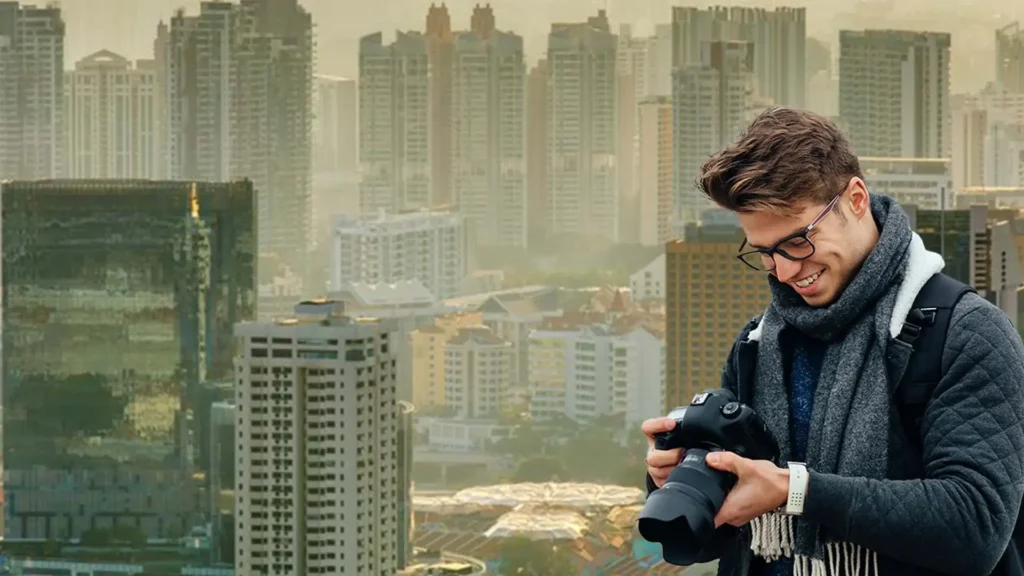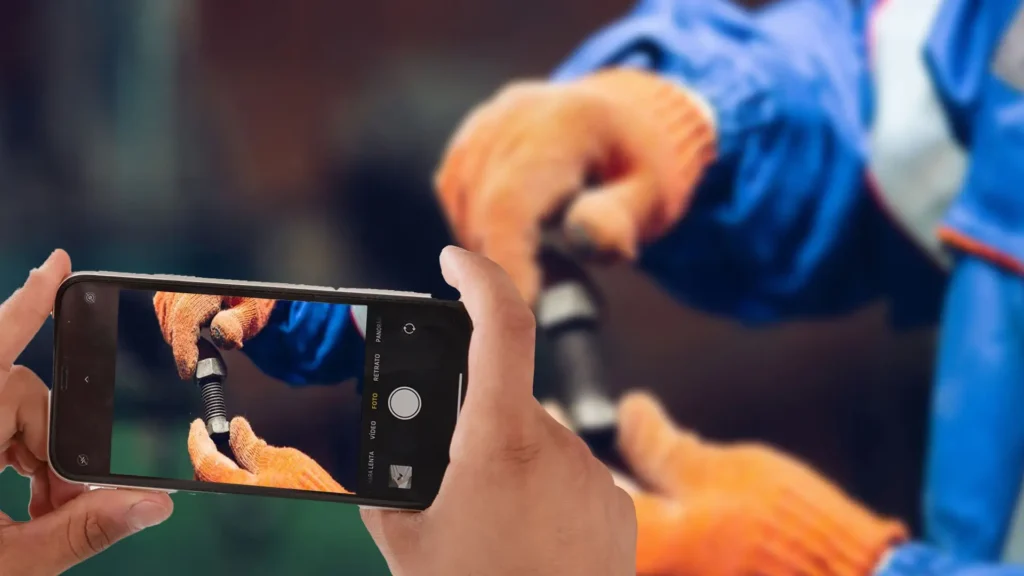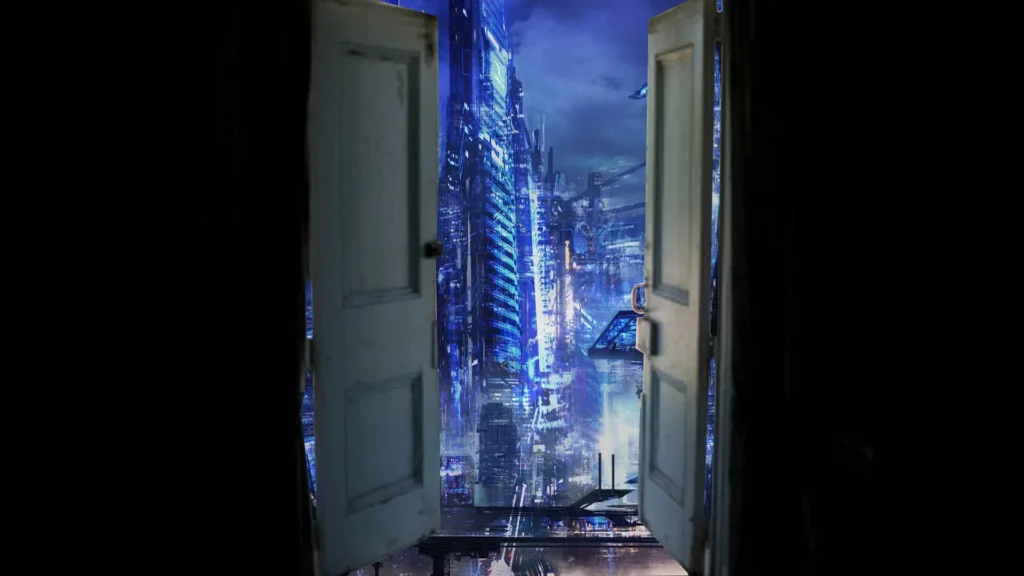Since the first camera was invented in 1816, photography has progressed and achieved new heights. It all started with wet plates; now, a simple smartphone is enough to capture any moment of our lives. The technology you use to capture images has changed and improved throughout history, and it is happening to this day.
Understanding the future of technology in photography is vital for you to understand the future of operations and innovations in photography. It can also help you to predict future trends in photography.
What is the Future of Photography?
Future of photography consists of emerging trends and advancements, including AI-powered cameras, augmented and virtual reality experiences, 3D imaging, computational photography, and more. Using drones, 360-degree cameras, and other cutting-edge technologies is also expected to reshape how you capture and share images. A growing emphasis on sustainability and ethical practices in photography will likely significantly impact the industry. Additionally, how you consume and share photographs will likely continue evolving, with social media and digital platforms playing an increasingly important role.
The Future of Digital Photography – How it Will Affect You
You should know that technological advancements will likely shape digital photography’s future. One major trend is the continued development of AI-powered cameras, which can assist photographers in composition and post-processing. Another trend that needs your attention is the growing use of 3D printing technology to create physical prints of digital images. Additionally, virtual and augmented reality experiences will likely become more prevalent in digital photography, offering new ways to view and interact with your images. Overall, digital photography’s future will likely be characterized by greater accessibility, creativity, and innovation.

The future of digital photography will likely have a significant impact on everyone, including you, in many ways. Here are a few examples:
1. Improved quality: As technology advances, your digital cameras will likely continue to produce higher-quality images with more detail, dynamic range, and color accuracy.
2. New creative possibilities: With new technologies like AI-powered cameras and 3D printing, photographers will have more tools to experiment with and create unique and interesting images.
3. Increased accessibility: Digital photography has already made photography more accessible to a broader range of people. This trend will continue as technology becomes more user-friendly and affordable, benefiting everyone, including you.
4. Changing social norms: The widespread use of digital photography and social media has already changed how we think about privacy, personal image, and social interaction. This trend is likely to continue as new technologies and platforms emerge.
Overall, the future of digital photography is likely to be exciting and transformative, offering new ways to capture, share, and experience images. The future of photography is likely to bring about further advancements in camera technology, image processing, and computer vision. You might notice that it includes improvements in resolution, dynamic range, low-light performance, and the ability to capture more accurate colors. It may also lead to the development of new types of cameras and lenses. That is capable of capturing images in new and innovative ways.
Advancements in Photography Technology

There have been numerous advancements in photography technology over the years, and the pace of innovation continues to accelerate. Here are some examples of progress for you that has been made in the field of photography technology:
1. AI-powered cameras: Your cameras with built-in artificial intelligence can assist photographers with things like composition, exposure, and post-processing, making it easier to capture great shots.
2. Mirrorless cameras: Mirrorless cameras offer you many significant advantages over traditional DSLRs. These include smaller sizes, lighter weights, faster autofocus speeds, and others that make images more appealing.
3. 3D printing: Advances in 3D printing technology have allowed you and everyone to create physical prints of digital images, allowing photographers to experiment with new forms of expression.
4. Drones: Drones equipped with high-resolution cameras have opened up new possibilities for aerial photography and videography. The future of photography will definitely rely heavily on drones. Hence you can learn more about drones.
5. Computational photography: This field combines traditional photography with computer science and AI to create new techniques for capturing and processing images, such as HDR (high dynamic range) and focus stacking.
6. Smart cameras: You can trace back the origins of smart cameras as costly and highly technical surveillance devices for security. Over time, a modified version of this technology became publicly available as it became easy to use. This can help you to track movement with sensors and upload the footage wherever needed.
7. 360-degree cameras: This type of camera was first introduced in 1904 as an unwieldy device on a tripod. Today, it is a pocket-sized camera with quite powerful sensors as opposed to before, requiring an area of 24 sq. feet. It has been famously used at the peak of Mt. Everest, in underwater caves, and even for product photography.
8. Storage and sharing capabilities: Adding wifi to many cameras has helped ease your workflow. The SD card, which can be put in cameras, provides portable storage of images. Furthermore, wifi is also used to share your images to other devices, like sharing and saving the clicked image on a camera to a smartphone.
9. Virtual Reality: This is a rapidly evolving technology field that includes augmented reality and wide-ranging applications. These applications include home buyers easily inspecting houses from home or before construction, experiencing a faraway city, training future pilots, etc.
10. Phone camera lenses: This field is progressing at breakneck speed, chiefly due to high demand in the market. Most of the innovations are in front-faced cameras, and companies like Oppo, Vivo, Samsung, etc, are all trying to dominate this field to capture markets worldwide.
Overall, the advancements in photography technology have made it easier and more accessible for people to capture and share images. It is also opening up new creative possibilities for photographers.
Photography Trends to Watch for in 2024

Here are some likely future trends in photography that you can watch for in 2024 based on industry insights and emerging technologies:
1. Virtual and augmented reality photography: As virtual and augmented reality technologies become more mainstream, photographers are expected to explore new ways to create and share immersive visual experiences.
2. Environmental and social justice photography: With growing concerns over climate change and social justice issues, photography will likely be used more frequently to raise awareness and promote positive change. This trend, in particular, might display the future of photography for you.
3. Nostalgic film aesthetics: Film-inspired photography styles such as Kodachrome, Ektachrome, and black-and-white film emulation are becoming popular again, with photographers looking for ways to bring the look and feel of the film to digital photography.
4. Minimalist and abstract photography: Simplified, minimalist compositions that emphasize lines, shapes, and colors are becoming more popular, as are abstract images that focus on texture and form.
5. Collaborative and community-driven projects: With the growth of social media and online communities, photographers are expected to collaborate more frequently with other artists and enthusiasts to create collective projects and campaigns.
6. Photography with neon lights on streets: Any light at your disposal can be a great boon if you want to experiment. One such light which became popular among photographers through experiments is neon lights. These give vibes of dreamy helation and edginess.
7. Blurry motion in the images: These usually indicate motion in the still images. For example, rushing traffic, running water, moving people, etc. Most of the time, we use it to capture our surroundings.
8. Photojournalistic and documentary images: After listening to their names, you might think these are reserved for newspapers, magazines, and street photographers. However, now everyone uses these to capture weddings and authentic moments.
Of course, these are just some potential trends for you to watch. The photography industry is constantly evolving and adapting to new technologies, social issues, and creative inspirations.
Top 12 Predictions Regarding the Future of Photography

While it’s difficult to predict the future with certainty, here are 12 potential predictions for you regarding the future of photography:
1. AI will become a more prominent part of photography, helping photographers automate repetitive tasks, analyze data, and create new art forms.
2. The use of 3D printing technology will continue to grow, allowing photographers to create physical prints of their digital images.
3. The demand for high-quality, immersive virtual and augmented reality experiences will increase, creating new photography forms designed specifically for these mediums.
4. Social media will continue to play an important role in the world of photography like fashion photography, with more photographers sharing their work and building communities online.
5. Cameras will continue to become more compact and portable, allowing for easier travel and creative possibilities.
6. Drones will become increasingly popular for aerial photography and videography, allowing photographers to capture unique and dramatic perspectives.
7. The demand for environmental and social justice photography will continue to increase as photographers use their art to raise awareness and promote positive change.
8. Minimalist and abstract photography styles will continue to grow in popularity, emphasizing simplicity, form, and texture.
9. New forms of lighting technology will emerge, allowing for more creative control and flexibility in photography.
10. Collaborative and community-driven photography projects will continue gaining traction as photographers seek new ways to collaborate and share their art.
11. The use of film-inspired aesthetics in digital photography will continue to be popular. As photographers seek to recreate the look and feel of classic film stocks.
12. The rise of mobile photography will continue as smartphones become more powerful and more people turn to their phones as their primary cameras.
These are just a few potential predictions regarding the future of photography. The industry is constantly evolving and adapting to new technologies, trends, and social issues.
Will Photography be a Lucrative Career in the Future?
The future of photography as a career can still be lucrative for you, but it will depend on several factors. The photography industry has undergone significant changes in recent years. With the rise of digital photography and the increasing availability of affordable and high-quality cameras. This has led to a larger pool of photographers competing for work. As a result, there may be more pressure on photographers to differentiate themselves and offer unique services to stand out in the market.

However, there are also many opportunities for future photographers like you who can adapt to these changes and offer something unique. For example, you can specialize in niche areas such as food photography, fashion photography, or travel photography. You can also provide specialized services such as drone photography or virtual reality photography may charge higher fees.
Additionally, the demand for photography will continue to grow in many areas. Such as commercial advertising, social media marketing, and event photography. Photographers will also have opportunities to work in emerging fields. Such as augmented and virtual reality, 3D printing, and artificial intelligence.
Overall, while the competition may be fierce, there are still opportunities for you to build a successful and lucrative future of photography business. As long as you can adapt to the changing industry and offer unique and in-demand services.
















